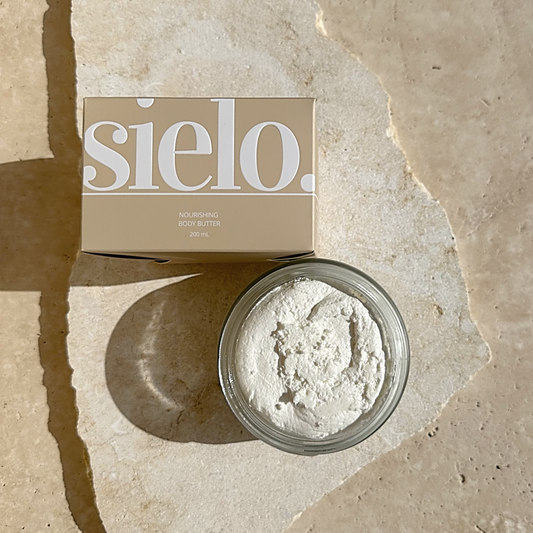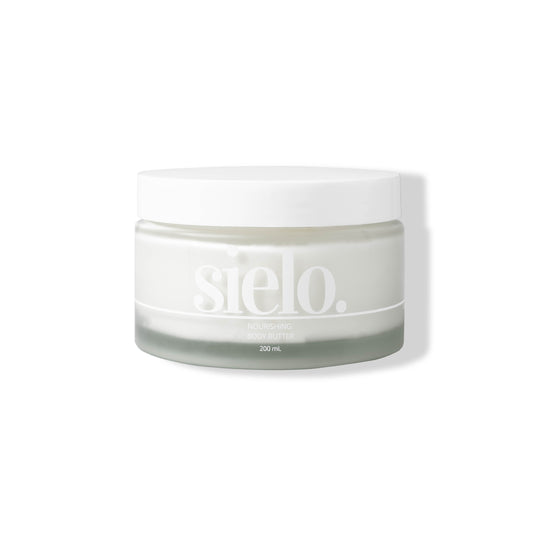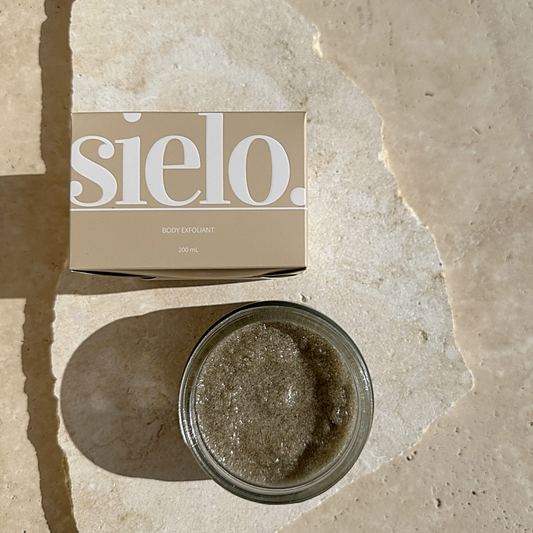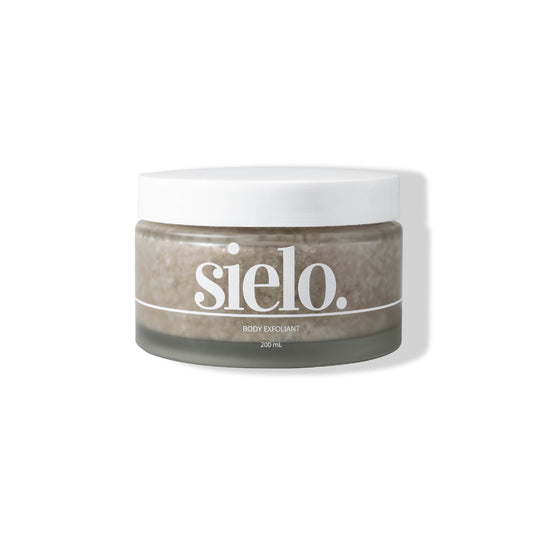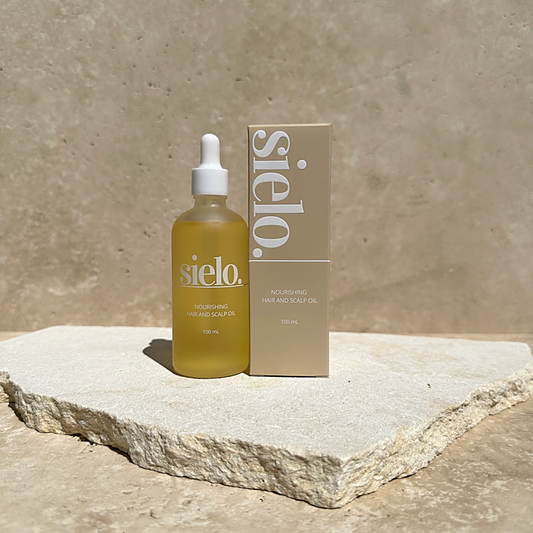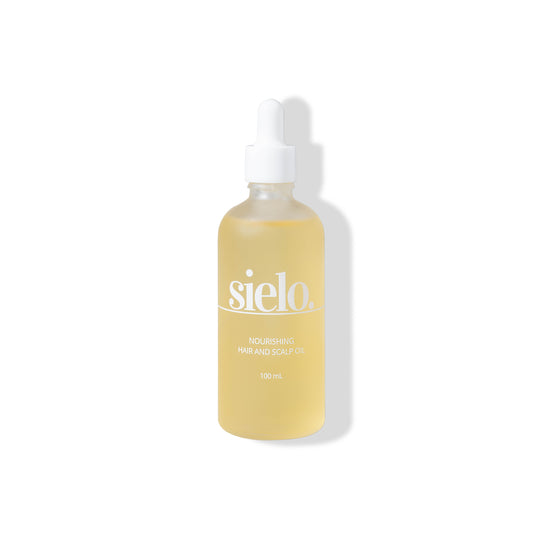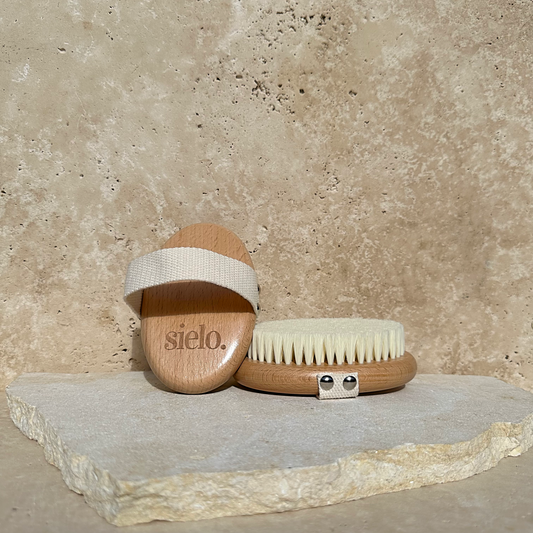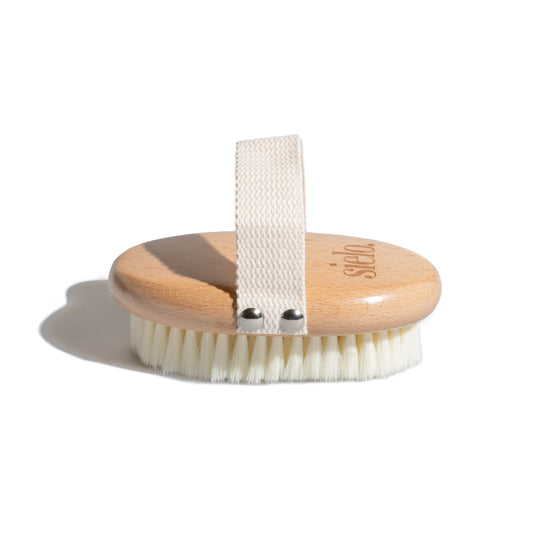Your skin is your largest organ, and it absorbs much of what you put on it.
In the world of skincare, not everything that smells good or feels luxurious is actually good for your skin—or your body. With more awareness around what goes into our beauty products, it’s important to read labels and understand which ingredients may be doing more harm than good.
Did you know that the average woman absorbs over 2 kilograms of toxic chemicals each year — just from cosmetics and personal care products.
With around 12 different products used daily, that’s an estimated 168 chemicals being applied to the skin every single day. And many of these ingredients have been linked to hormone disruption, skin irritation, and long-term health risks.
Here are 10 common skincare ingredients you might want to avoid to protect your health and support your skin’s natural balance:
1. Parabens
Parabens are preservatives used to extend the shelf life of products. But they can mimic estrogen in the body, potentially disrupting your hormonal balance. Common types include methylparaben, propylparaben, and butylparaben.
2. Phthalates
Often hidden under the term "fragrance," phthalates are chemicals used to make scents last longer. Studies suggest they may interfere with hormone function and have been linked to reproductive concerns.
3. Sulfates (SLS/SLES)
Sodium lauryl sulfate (SLS) and sodium laureth sulfate (SLES) are foaming agents found in many cleansers and shampoos. They can strip away your skin’s natural oils, leaving it dry, irritated, or sensitized.
4. Formaldehyde
This known irritant and potential carcinogen is sometimes released from preservatives like DMDM hydantoin or quaternium-15. It's best to steer clear, especially if you have sensitive skin.
5. Fragrance / Parfum
"Fragrance" may sound harmless, but it can hide dozens of synthetic chemicals, many of which are known allergens or irritants. If a product doesn’t specify the source of its fragrance, it’s best to be cautious.
6. Oxybenzone
Commonly found in chemical sunscreens, oxybenzone is under scrutiny for its potential hormonal effects and its environmental impact on coral reefs.
7. PEGs (Polyethylene Glycols)
Used to thicken or soften products, PEGs can be contaminated with harmful substances like ethylene oxide and 1,4-dioxane during manufacturing. Look out for ingredients like PEG-40 or PEG-100.
8. Triclosan
Once popular in antibacterial products, triclosan is now flagged for contributing to antibiotic resistance and potentially disrupting thyroid function. It’s also not eco-friendly.
9. Denatured Alcohol
Found in toners and astringents, denatured alcohol can quickly dry out the skin and weaken its natural barrier, especially with repeated use.
10. Toluene
This solvent is commonly used in nail polish and hair dyes. It’s a known irritant and is considered toxic to the immune system and potentially harmful during pregnancy.
Why It Matters
Your skin is your largest organ, and it absorbs much of what you put on it. Choosing cleaner, more natural ingredients helps support not just your skin health, but your overall wellbeing. At Sielo, we believe in making informed beauty choices that nourish your body from the outside in.
Ready to detox your skincare routine? Start by checking your labels—and choosing products made with integrity and care.
The information shared is based on research from reputable health and environmental organisations:
Environmental Working Group (EWG) — Skin Deep Database: ewg.org/skindeep
National Institutes of Health (NIH) — Studies on parabens, phthalates, and endocrine disruption: pubmed.ncbi.nlm.nih.gov
The Endocrine Society — Resources on endocrine-disrupting chemicals: endocrine.org/topics/edc
World Health Organization (WHO) — Reports on endocrine disruptors and health impacts: who.int/activities/endocrine-





